Compatible surfaces
Discover which surfaces are suitable for microcement application — and how to prepare them properly.
Important: The information provided here offers general guidance for applying microcement. Always refer to local building codes and the manufacturer's specific recommendations—especially for projects like showers or fireplaces.
SoftLux warranty covers product replacement only.
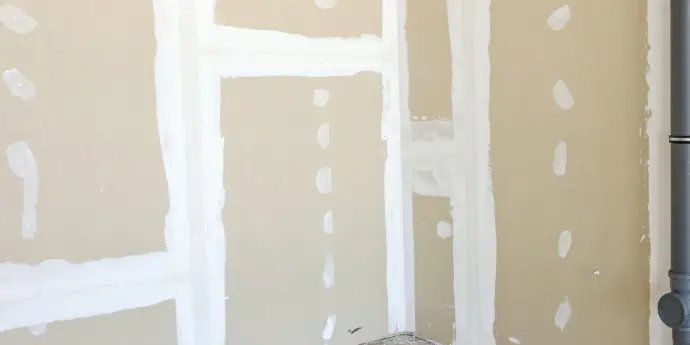
New wall
Drywall, plaster, MDF, raw masonry, etc.
- Complete prep work according to building standards
- Fill and sand joints
- Clean the surface to remove dust and debris
- Apply one coat of SOFT PRIME to seal the porous surface and even out absorption.
- Let dry for approx. 6 hours before applying microcement

Previously painted wall
- Check paint adhesion. If peeling, sand to obtain a smooth, stable surface
- Degrease the wall with a suitable cleaner to remove dirt or oil
- Apply one coat of SOFT PRIME + to block stains, balance porosity, and improve adhesion.
- Let dry for 6 hours before applying microcement
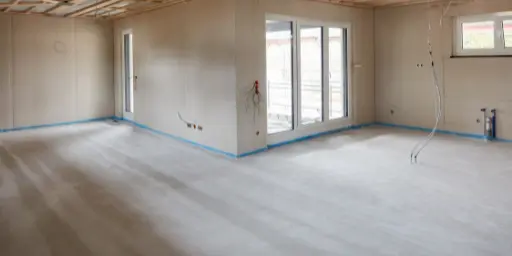
New floor
Concrete slab or screed
- Make sure the slab is fully dry (minimum 28 days for new concrete)
- Check levelness and correct any uneven areas
- Lightly sand the surface to open the pores
- acuum thoroughly to remove all residue
- Apply one coat of SOFT PRIME to balance absorption and improve adhesion
- Let dry for 6 hours before applying microcement
Careful surface preparation is essential, as microcement cannot correct surface imperfections. It’s applied in thin layers and will follow every detail of the base.
If your concrete floor has moisture or cracking, this can compromise adhesion and long-term durability.
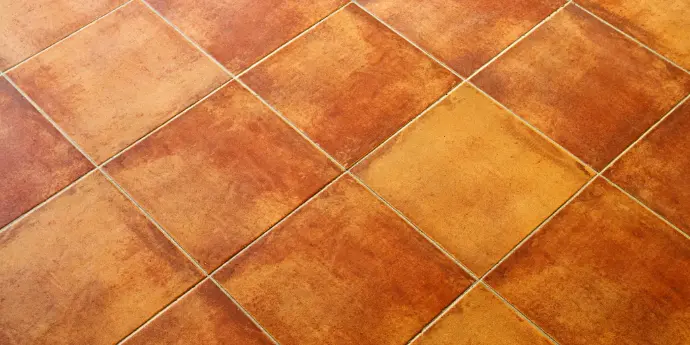
Existing floor
Ceramic tile
- Clean and lightly sand the tile
- Use a levelling compound if needed to smooth the joints and create an even surface.
- Apply one coat of SOFT PRIME + to block stains, balance porosity, and improve adhesion.
- Let dry for 6 hours before applying microcement
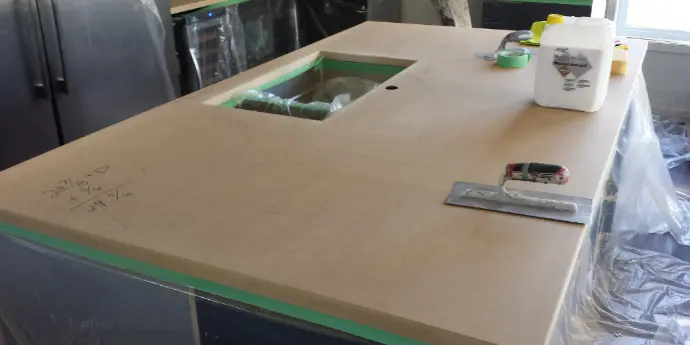
New countertop
MDF, wood, laminate, etc.
- Clean and degrease the surface
- Lightly sand to promote adhesion
- Apply one coat of SOFT PRIME +
- Let dry for 6 hours before applying microcement
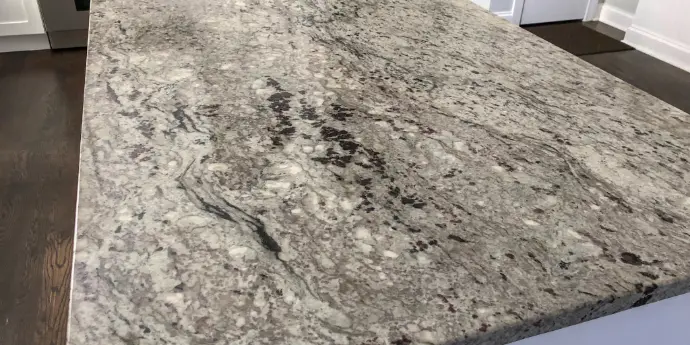
Existing countertop
Melamine
- Clean, degrease, and let dry
- Sand thoroughly (grit 80–120) to roughen the surface
- Vacuum well to remove all dust
No primer is needed for melamine — just ensure it’s well sanded. Microcement bonds very well to properly prepped melamine.

Shower wall
With waterproof membrane (e.g. Schlüter system)
- Follow the manufacturer's instructions for shower prep (just as you would before tiling)
- Once microcement is applied, make sure to seal all adjacent joints with silicone